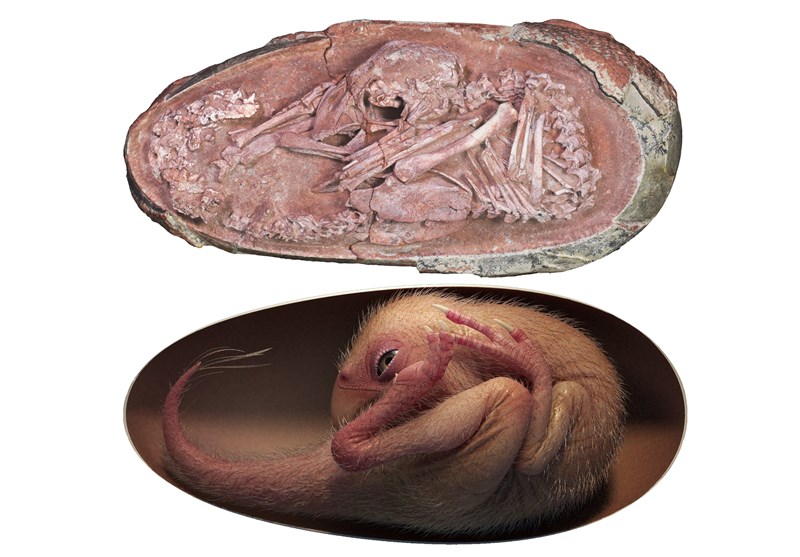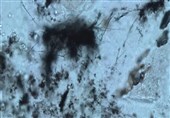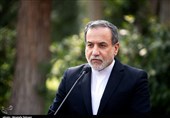Perfectly Preserved Dinosaur Embryo Found inside Fossilized Egg
TEHRAN (Tasnim) – A perfectly preserved fossil of a baby dinosaur curled up inside its egg has been rediscovered at the back of Chinese museum, having been mislaid for years, shedding new light on the links between Mesozoic-era creatures and birds.
A life-reconstruction illustration shows a small animal in a tight tuck, legs pulled up, back curved, beaked head bent toward its tail. This is Baby Yingliang, a nickname given to a remarkable fossilized dinosaur embryo found inside an egg and tucked into a position much like that of a modern bird just before it hatches, CNET reported.
The Baby Yingliang fossil dates to the late Cretaceous, putting it at between 72 million and 66 million years old. It was found in southern China and is the remains of a theropod dinosaur called a oviraptorosaur. The embryo's state of preservation and its position inside the egg make the fossil a remarkable find.
"Previously unrecognized in dinosaurs, this posture is similar to that of modern bird embryos," says a Tuesday statement from the University of Birmingham. Researchers from that institution and from Beijing's China University of Geosciences led a study of the fossil, which was published in the journal iScience this week.
The scientists estimate the dinosaur would be about 10.6 inches (27 centimeters) long. The egg is 6.7 inches (17 centimeters) long, which gives you an idea of how much the creature was folded over.
"It is interesting to see this dinosaur embryo and a chicken embryo pose in a similar way inside the egg, which possibly indicates similar prehatching behaviors," said joint first author Fion Waisum Ma, a paleontologist at the University of Birmingham. The researchers would like to study more well-preserved dinosaur embryos to test the idea that the tucking posture is something that first developed in theropods. The posture helps ensure modern birds hatch successfully.
Study co-author Steve Brusatte of the University of Edinburgh described the find as "one of the most beautiful fossils I have ever seen," saying it represents "yet more evidence that many features characteristic of today's birds first evolved in their dinosaur ancestors."






